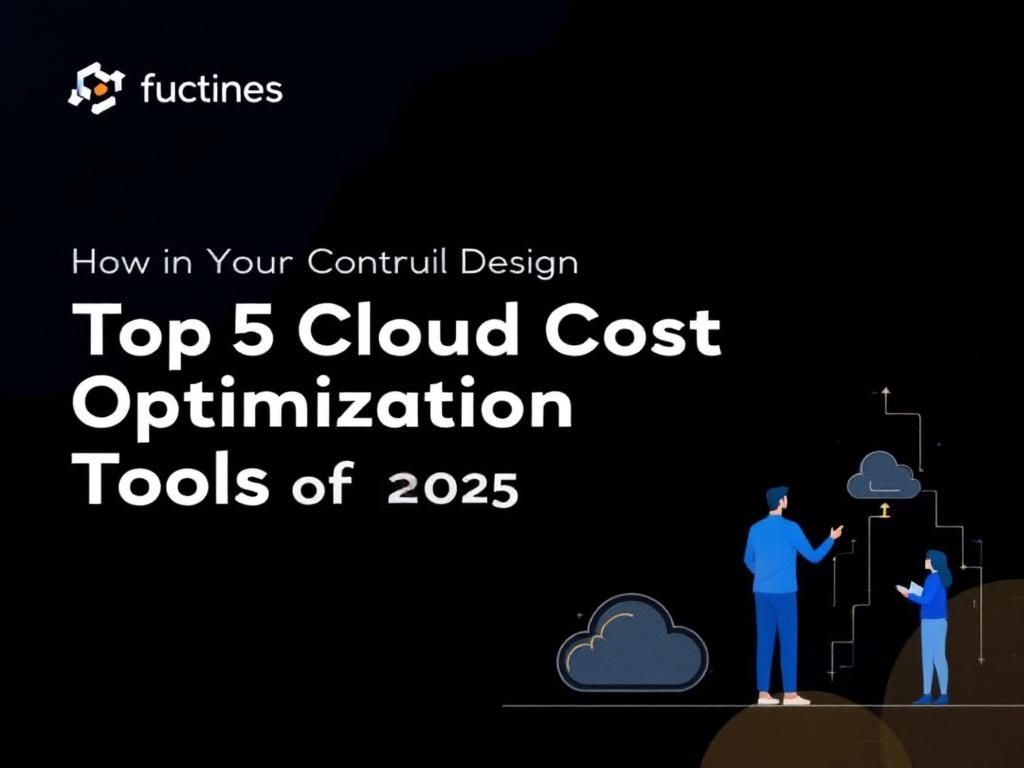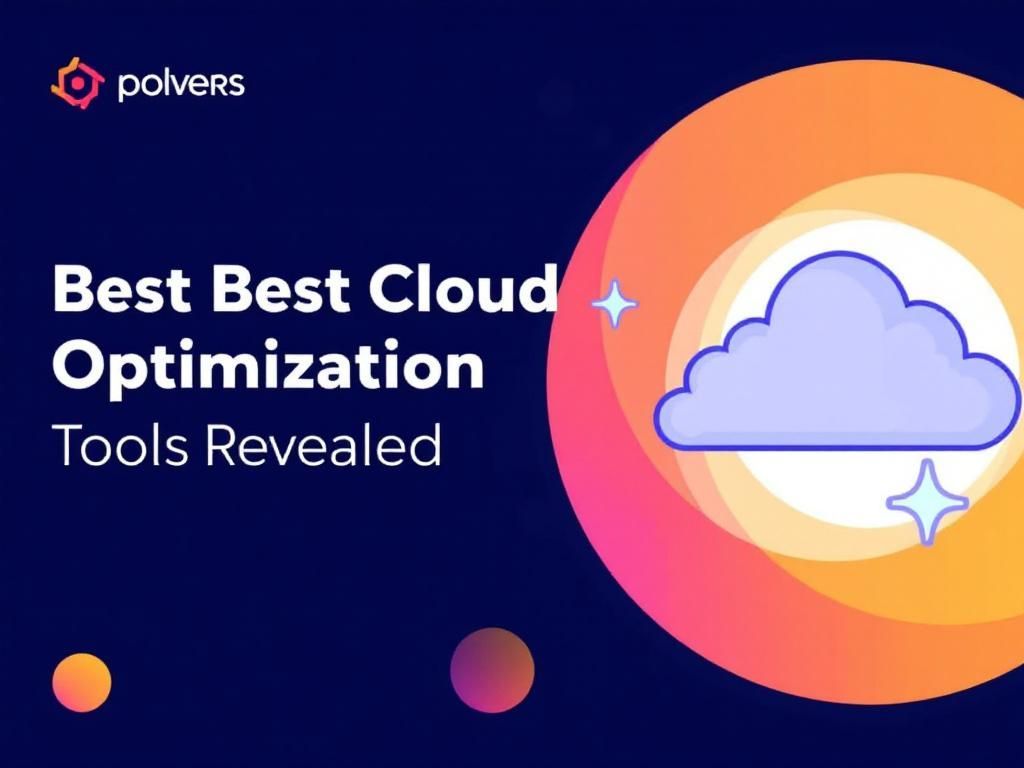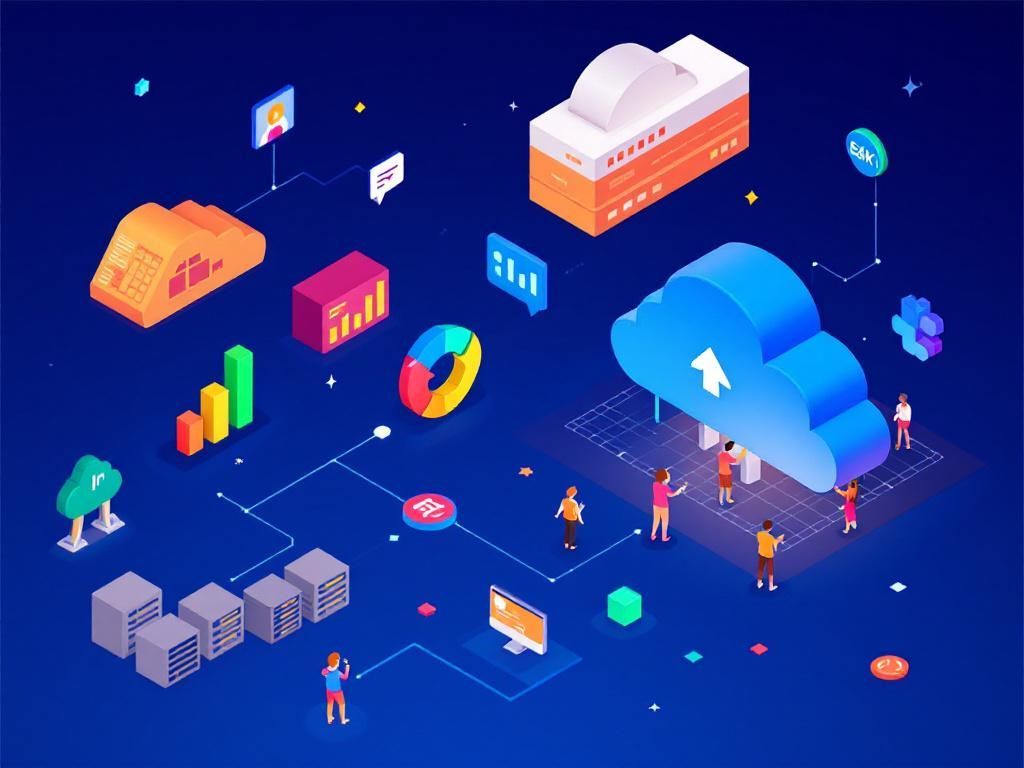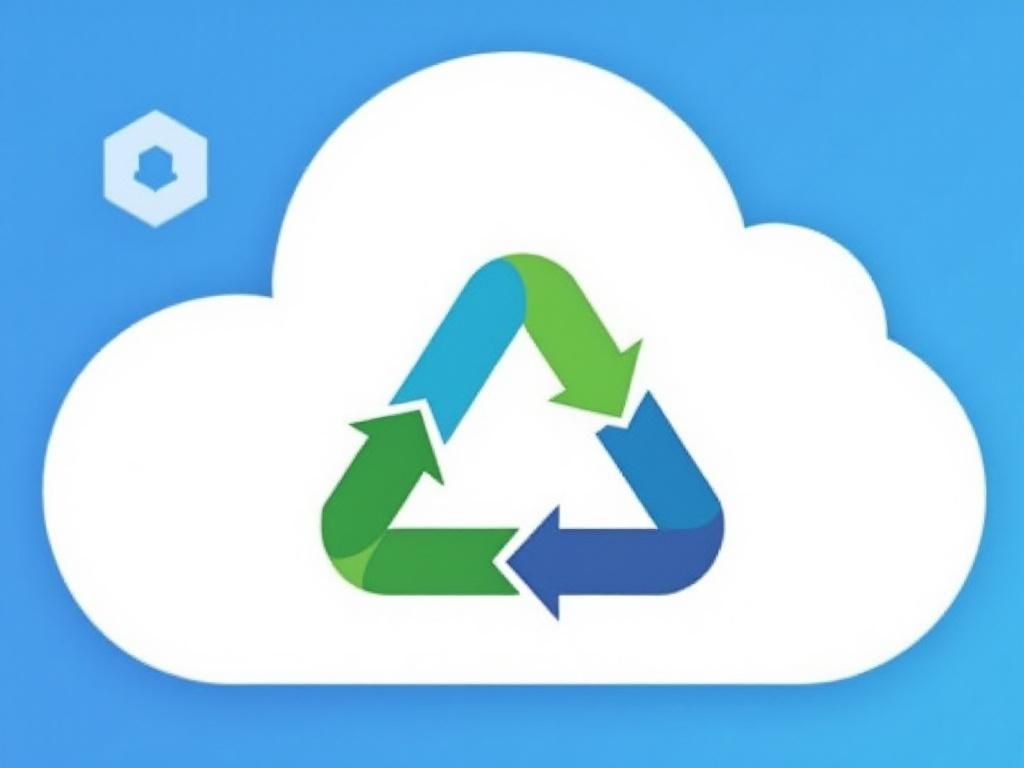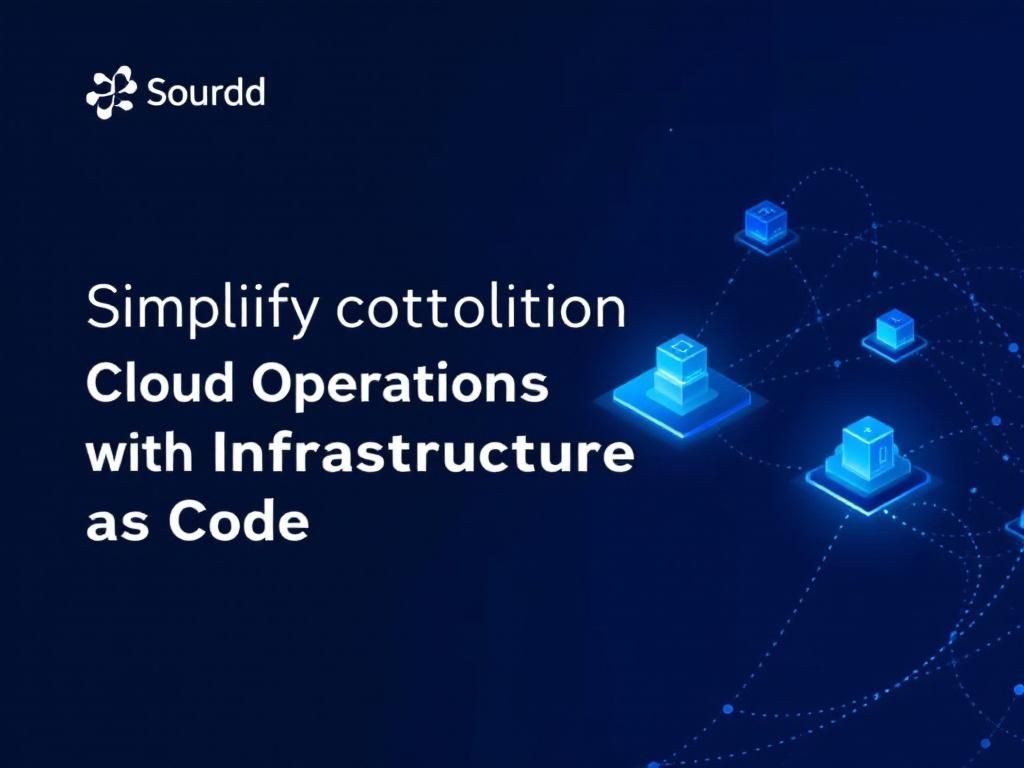Top Enterprise Cloud Tools for Infrastructure Monitoring
Discover the best enterprise cloud tools to effectively monitor your infrastructure and enhance performance. Explore top solutions for seamless operations.
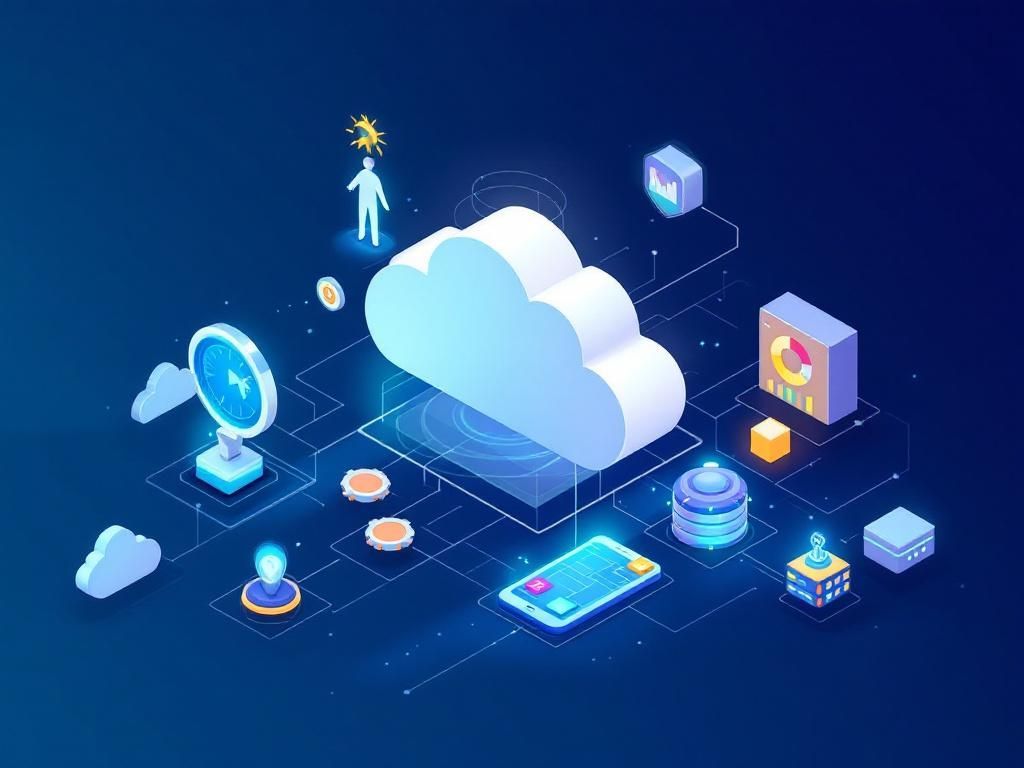
In today’s fast-paced digital world, infrastructure monitoring has become a critical component for businesses aiming to maintain operational efficiency, reduce downtime, and enhance user experience. As enterprises increasingly migrate to cloud environments, the demand for robust tools to monitor these infrastructures has surged. This article explores the best enterprise cloud tools available in the market to help organizations effectively monitor their infrastructure, ensuring seamless performance and reliability.
Table of Contents
Understanding Infrastructure Monitoring
Infrastructure monitoring involves observing and managing various components within an IT system to ensure they operate efficiently. This includes monitoring servers, databases, applications, networks, and user experience. By implementing effective monitoring strategies, businesses can:
- Detect and resolve issues proactively
- Optimize resource usage
- Enhance security and compliance
- Improve overall system performance
Key Features to Look for in Enterprise Cloud Monitoring Tools
When selecting a cloud monitoring tool, consider the following key features:
- Real-Time Monitoring: Ability to monitor system performance in real-time to quickly identify potential issues.
- Scalability: Tools should easily scale as your infrastructure grows without a significant drop in performance.
- Multi-Cloud Support: Compatibility with various cloud providers (AWS, Azure, Google Cloud) for cohesive monitoring.
- Alerting and Reporting: Customizable alerts to notify teams of critical issues and detailed reporting capabilities for analysis.
- Integrations: Ability to integrate with existing DevOps and ITSM tools to streamline workflows.
- User-Friendly Dashboards: Intuitive interfaces that provide a clear view of system performance and metrics.
Top Enterprise Cloud Monitoring Tools
1. Datadog
Datadog is a comprehensive monitoring and analytics platform that provides visibility across cloud applications and infrastructure. With its powerful features, Datadog allows teams to:
- Monitor servers, containers, databases, and applications from a single platform.
- Use customizable dashboards to visualize key metrics.
- Leverage machine learning for anomaly detection.
- Implement alerting mechanisms to keep teams informed.
2. New Relic
New Relic offers a suite of tools for application performance monitoring (APM) and infrastructure monitoring. Key benefits include:
- Real-time insights into application performance and user interactions.
- Advanced troubleshooting capabilities for developers.
- Rich APIs for custom integrations.
3. Prometheus and Grafana
For organizations that prefer open-source solutions, Prometheus combined with Grafana is a powerful duo. Prometheus is a time-series database that collects metrics, while Grafana provides visualization capabilities. Together, they offer:
- Flexible data collection and querying.
- Custom dashboards tailored to specific needs.
- Alerting based on defined thresholds.
4. Splunk
Splunk is widely recognized for its ability to handle large volumes of machine data. It excels in log management and infrastructure monitoring. Some advantages include:
- Comprehensive data analysis and visualization capabilities.
- Ability to correlate events from various sources for deeper insights.
- Strong security features for compliance and data governance.
5. Amazon CloudWatch
Amazon CloudWatch is a monitoring service for AWS resources and applications. It provides essential monitoring features such as:
- Real-time monitoring and logging of AWS resources.
- Customizable dashboards and metrics.
- Integration with other AWS services for enhanced functionality.
Comparison of Enterprise Cloud Monitoring Tools
| Tool | Real-Time Monitoring | Multi-Cloud Support | Open Source | Pricing |
|---|---|---|---|---|
| Datadog | Yes | Yes | No | Subscription-based |
| New Relic | Yes | Yes | No | Subscription-based |
| Prometheus & Grafana | Yes | Yes | Yes | Free |
| Splunk | Yes | Limited | No | Subscription-based |
| Amazon CloudWatch | Yes | No | No | Pay-as-you-go |
Best Practices for Effective Infrastructure Monitoring
Implementing infrastructure monitoring is only part of the equation; best practices should also be followed to maximize effectiveness:
- Establish Clear Objectives: Define what you want to monitor and why. This helps in setting up alerts and dashboards that are relevant to your operations.
- Choose the Right Metrics: Not all metrics are important. Focus on key performance indicators (KPIs) that align with your business goals.
- Automate Alerts: Set up automated alerts for critical issues to minimize response times.
- Regularly Review and Optimize: Continuously assess your monitoring strategy and adjust as necessary to accommodate changes in your infrastructure.
Conclusion
Effective infrastructure monitoring is essential for any enterprise leveraging cloud technologies. By choosing the right tools and implementing best practices, organizations can ensure their systems operate smoothly, reducing downtime and enhancing overall performance. Whether opting for a comprehensive solution like Datadog or an open-source approach like Prometheus and Grafana, the right monitoring setup can provide invaluable insights into infrastructure health and performance.
FAQ
What are the best enterprise cloud tools for monitoring infrastructure?
Some of the best enterprise cloud tools for monitoring infrastructure include Amazon CloudWatch, Microsoft Azure Monitor, Datadog, New Relic, and Prometheus. These tools provide real-time visibility, performance analytics, and alerting capabilities.
How do I choose the right cloud monitoring tool for my enterprise?
When choosing a cloud monitoring tool, consider factors such as integration capabilities, scalability, ease of use, cost, and the specific metrics you need to monitor. It’s also helpful to read user reviews and conduct trials.
What features should I look for in a cloud monitoring tool?
Look for features such as real-time performance monitoring, customizable dashboards, alerting and notification systems, reporting capabilities, and support for multi-cloud environments.
Can cloud monitoring tools help with security monitoring?
Yes, many cloud monitoring tools offer security monitoring features that can help detect anomalies, track user activity, and ensure compliance with security protocols.
How can I improve my infrastructure monitoring with cloud tools?
To improve infrastructure monitoring, regularly review and adjust your monitoring thresholds, use automated alerts for critical issues, integrate with other IT management tools, and ensure team members are trained on tool usage.
What is the cost of enterprise cloud monitoring tools?
The cost of enterprise cloud monitoring tools varies widely based on features and scalability. Some tools offer tiered pricing based on the number of resources monitored, while others may have flat-rate or usage-based pricing models.



